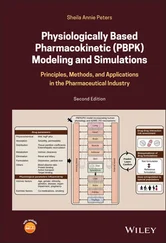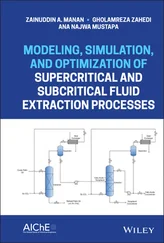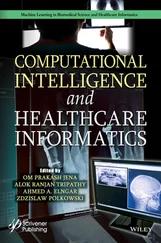
Zarko Milosevicwas born on 14 March 1983. He received his Master’s degree from Faculty of Mechanical Engineering University of Kragujevac in 2009 and his PhD degree from the same institution in 2018. He is a Research Associate at Institute of Information Technologies in the Department of Technical Technological Sciences in the scientific field of Bioengineering and Bioinformatics. His research interests are in the area of biomedical engineering, software engineering, computer graphics, cardiovascular disease, fluid‐structure interaction, biomechanics, bioinformatics, biomedical image processing, machine learning.

Dalibor D. Nikolicwas born on 24 April 1985, in Smederevska Palanka, Serbia. He received his Master’s degree from the Faculty of Engineering, University of Kragujevac, Serbia, in 2011, and his PhD degree from the same institution, in 2017. He is a Research Associate at Institute of Information Technologies, in Department of Technical‐Technological Sciences in the scientific fields of Bioengineering and Bioinformatics. His research area covers the development and optimization of stent devices using FEA, CAD/CAE, topology, and parametric optimization methods.
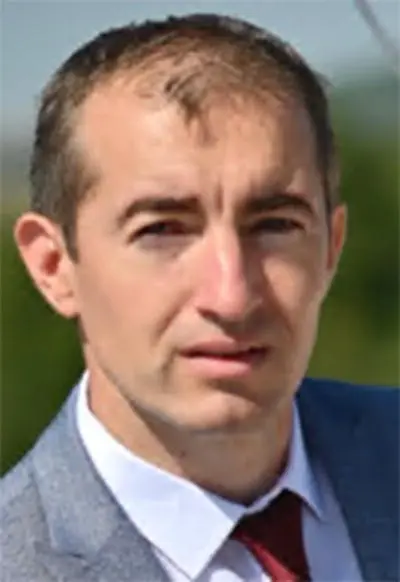
Igor B. Saveljicis a Scientific Associate at the Institute for Information Technologies, University of Kragujevac and Research and Development Center for Bioengineering, Kragujevac, Serbia. He received Master’s degree from Faculty of Engineering, University of Kragujevac, Serbia, in 2009, and PhD degree from the same institution, in 2016. He is author and coauthor of over 70 publications in the field of numerical modeling. His main research interests are in fluid dynamics and modeling using finite element method.
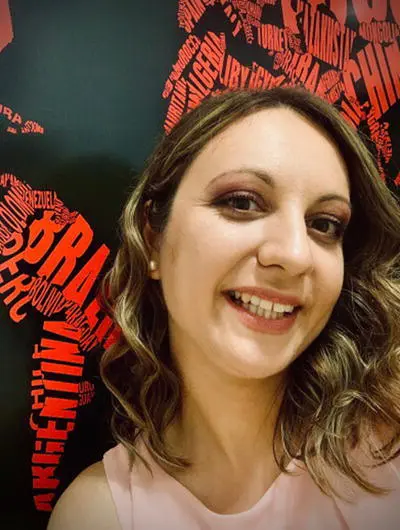
Tijana I. Šušteršičis a Teaching Assistant at the Faculty of Engineering, University of Kragujevac, Kragujevac, Serbia. She finished MSc and BSc studies in Mechanical Engineering, Department of Applied Mechanics and Automatic Control with GPA 10.00/10.00 at the same Faculty and as the best student in generation. She is also engaged with Bioengineering Research and Development Center (BioIRC), Kragujevac. She is the author and coauthor of 14 papers published in peer‐reviewed journals, 2 book chapters, and more than 23 papers presented at the international conferences . She possesses Certificate of Proficiency in English (CPE) level C2 and Goethe Zertifikat level B2 according to the Common European Framework of Reference for Languages. Her area of expertise includes biomedical signal processing, machine learning algorithms, finite element modeling, and implementation of different algorithms on Field Programmable Gate Array (FPGA).
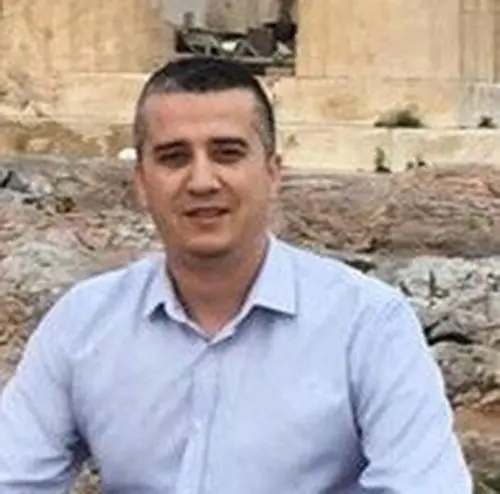
Arso M. Vukicevicis a Research Associate at the University of Kragujevac. His research interests are in the application of computer vision and artificial intelligence techniques for automation and digitalization in Industry and Healthcare.
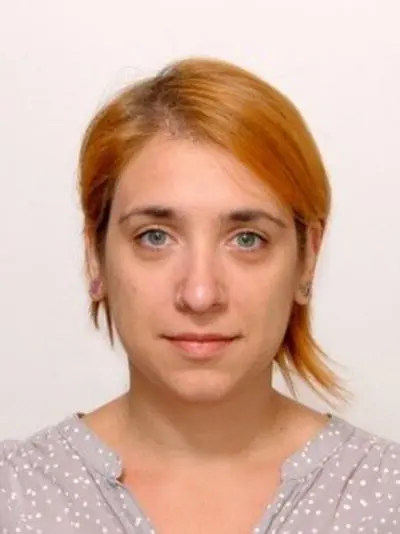
Aleksandra Vulovićreceived her Bachelor and Master’s diploma from the Faculty of Engineering, University of Kragujevac. She is currently a PhD student at the same Faculty and a research assistant at BioIRC. She is working on the application of various computer methods for problems in bioengineering and bioinformatics. The focus of her PhD thesis is on the optimization of hip implant surface modification in order to promote femoral bone growth during the healing process. She is coauthor of more than 20 publications in international journals and on conferences and has participated in several national and international research projects.
The aim of this book is to provide concrete examples of applied modeling in biomedical engineering. The book is accompanied by software on the web for studying the representative bioengineering problems in more detail ( www.bioengexambook.ac.rs). The primarily goal of the book is to serve as a textbook in various bioengineering university courses, as well as a support for basic and clinical research.
Different numerical examples in the area of bone, tissue, cardiovascular, augmented reality, and vertigo disease give readers an overview of typical problems that can be modeled and complete theoretical background with numerical method behind. The book can be used for lecturers of bioengineering courses at universities but also it can be very helpful for researchers, medical doctors, and clinical researchers. In comparison to the existing literature, this book will give more practical examples with supporting web platform in the area of modeling in bone, tissue, cardiovascular, cancer, lung, and vertigo diseases.
The book will be prepared mainly as a textbook for undergraduate or graduate courses in bioengineering, engineering and applied sciences in general, and medicine. There are different examples of application: bone, muscle, tissue, cardiovascular, cancer, lung, and vertigo disease. In chapters, it will be the theoretical background and basics of the computational methods used for the specific modeling. We consider that support by the software on the web should be of great help for lecturers when organizing classes. The theoretical presentations (either from the theoretical background or from bioengineering applications) can be accompanied by use of the software with menu‐driven modeling and solution display. Use of the software can also aid students when studying various theoretical or bioengineering problems.
The book will be also prepared to be useful for researchers in various fields related to bioengineering and other scientific fields, including medical applications. The book will provide basic information about how a bioengineering (or medical) problem can be modeled, which computational models can be used, and what is the background of the applied computer models.
In Chapter 1, some basic theoretical and numerical examples of computational Modeling of Abdominal Aortic Aneurysms are given. Chapter 2describes modeling the motion of rigid and deformable objects in fluid flow. Application of computational methods in dentistry with some theoretical and practical numerical examples is given in Chapter 3.
Determining Young’s modulus of elasticity of cortical bone from CT scans is described in Chapter 4. Parametric modeling of blood flow and wall interaction in aortic dissection is investigated in Chapter 5. Application of AR Technology in Bioengineering is well described in Chapter 6. Augmented Reality Balance Physiotherapy is presented in Chapter 7. Modeling of the human heart – ventricular activation sequence and ECG measurement are given in Chapter 8. In Chapter 9, medical image segmentation was described using contrast stretching, edge‐detection and thresholds with coupled Simulink‐XSG (Xilinx System Generator) tool and FPGA (Field Programmable Gate Arrays). The book is intended for pre‐graduate and postgraduate students as well as for researchers in the domains of bioengineering, biomechanics, biomedical engineering, and medicine.
Читать дальше












